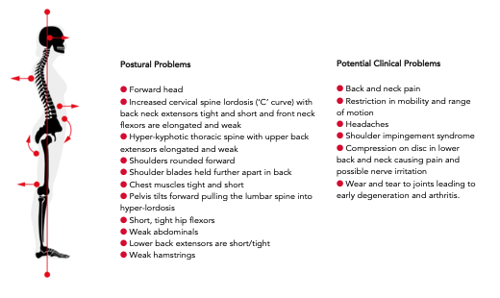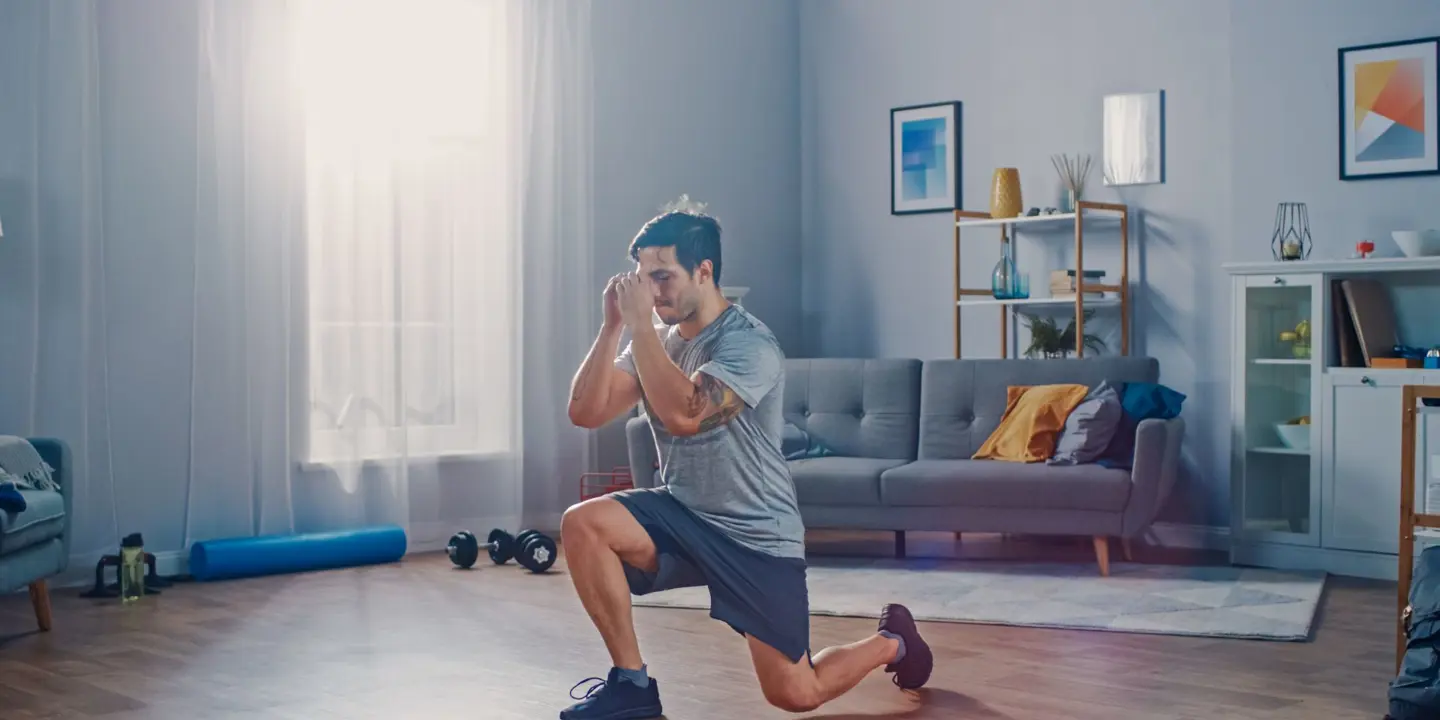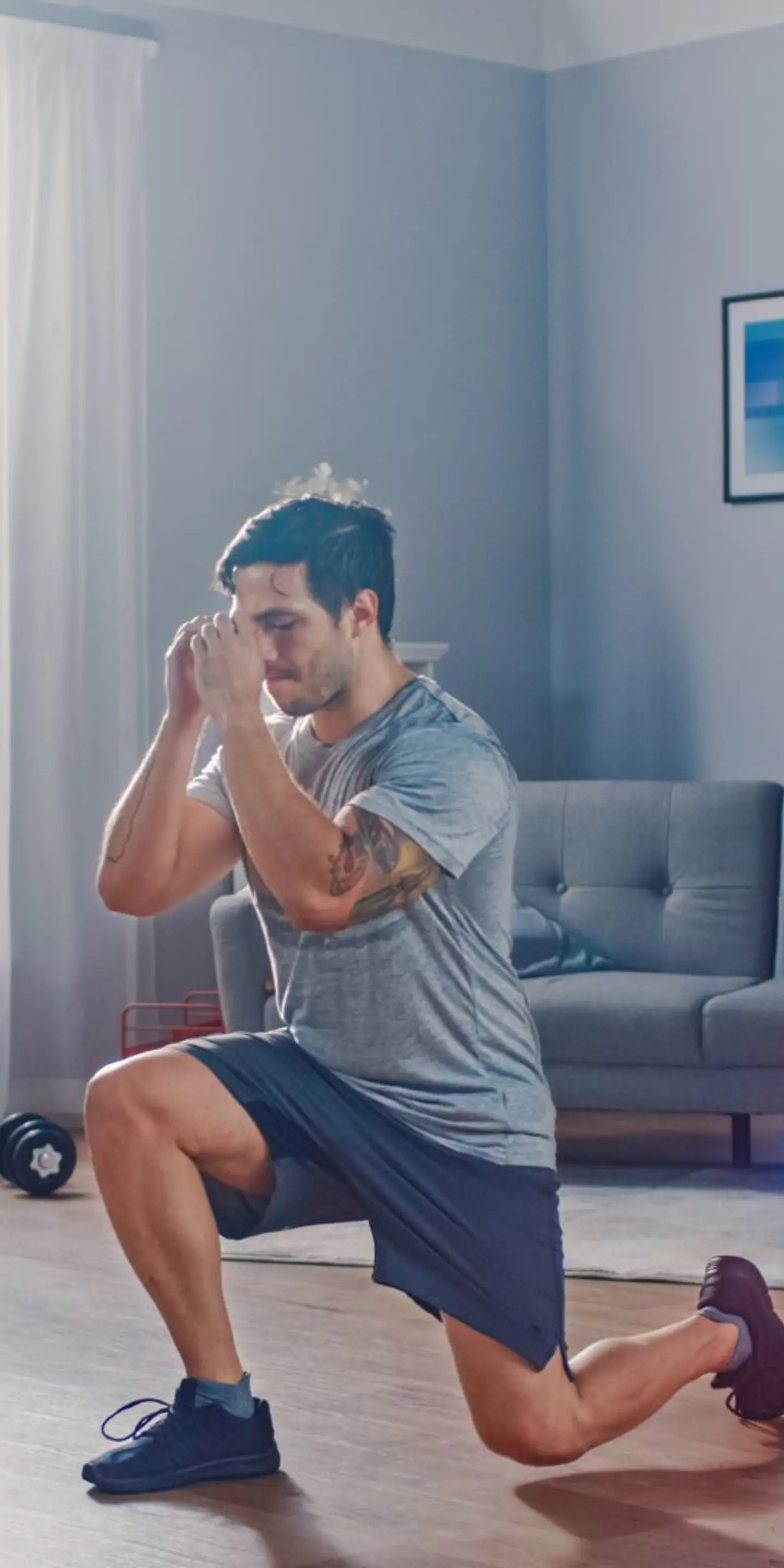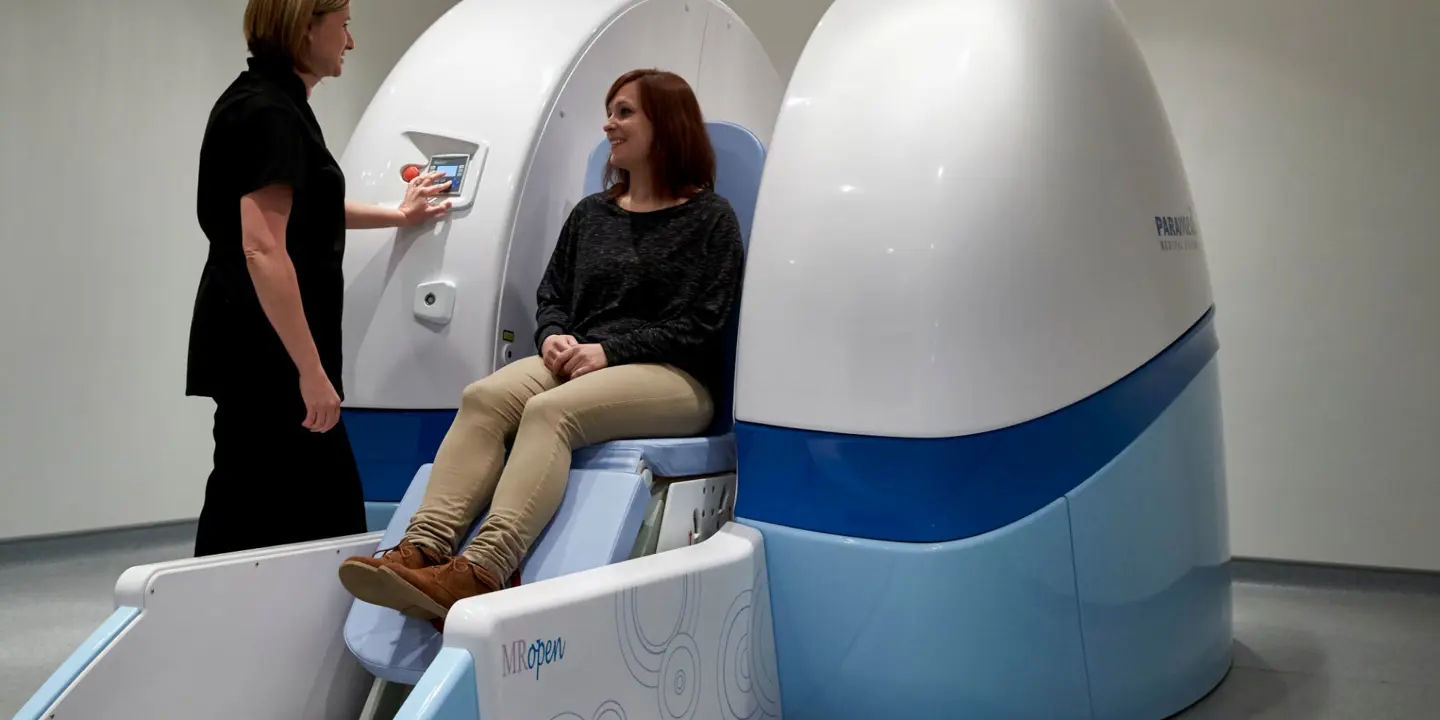So, are you missing the gym, your weekend matches, or rounds of golf? With the world in lock down at the moment (in the midst of Coronavirus) it can be hard to find the methods and the motivation to exercise whilst confined in-doors.
As well as helping with weight control being active is good for our mood and mental health. Exercise (when performed regularly) has also been proven to prevent and help manage many chronic conditions. These include heart disease, stroke, type 2 diabetes, cancer, obesity, osteoporosis and musculoskeletal (pain) conditions.
The World Health Organisation (WHO) makes the following recommendations:
If You are Between the Ages of 5 – 17:
- 60 minutes of moderate to vigorous-intensity physical activity – every day
- >60minutes daily will give even better health benefits
- Most of the daily physical activity should be aerobic
- But should incorporate vigorous intensity activities that strengthen muscle and bone, at least 3 times per week
If You are Between the Ages of 18 –64:
- 150 minutes of moderate-intensity aerobic physical activity each week, or 75 minutes of vigorous-intensity aerobic physical activity
- Aerobic activity should be performed in bouts of at least 10 minutes
- 300 minutes of moderate-intensity or 150 of vigorous-intensity aerobic physical activity brings even greater health benefits
- Muscle-strengthening activities should be done involving major muscle groups on 2 or more days a week.
If You are Over 65 Years of Age:
- 150 minutes of moderate-intensity aerobic physical activity each week, or 75 minutes of vigorous-intensity aerobic physical activity
- Aerobic activity should be performed in bouts of at least 10 minutes
- 300 minutes of moderate-intensity or 150 of vigorous-intensity aerobic physical activity brings even greater health benefits
- Activities that enhance balance and prevent falls on 3 or more days per week
- Muscle-strengthening activities should be done involving major muscle groups, on 2 or more days a week
- The goal is to be as physically active as your abilities and conditions allow.
You can’t bank most of the benefits of having exercised in your youth which means it’s important to keep active throughout your lifespan. Since you won’t have access to the usual venues that used to help you stay active, it’s easy to think your fitness and exercise levels will inevitably have to suffer when confined to being indoors.
However, every little helps and a little can go a long way. A 20 minute home (bodyweight only) workout a couple of times a week will help stave off ill health (and that spare tyre). Or, with a small investment in some minimal equipment, such as a resistance band and a couple of light dumbbells (you could use a pair of water bottles instead of dumbbells) it’s possible to be even more productive with home workouts. Furthermore, if you are finding you have extra time on your hands, now is your perfect time to dedicate to becoming stronger & fitter!
If you are planning or have already started working out from home, here are my top tips:
Don’t Forget to Warm-Up
If you are exercising at home, you’ve likely not walked to the gym or park. If you are fresh off the sofa or your home office chair, then a decent warm up becomes all the more important to raise prepare the body and prevent injury (especially the older you get). It’s also a great opportunity to incorporate some balance and mobility work such as one leg stands and foot circles. 5 or ideally 10 minutes is what you should aim for. For an example of a thorough warm-up routine that can also be used as a daily mobility and stability routine which incorporates all the elements above, see the video below:
Choose Online Workout’s Wisely
If you are harbouring an injury, or have suffered from sports or “wear and tear” injuries in the past (more likely older age groups) you should be sure you are not choosing a follow along workout video that is not quite suited to you. Most personal trainers know all there is to know when it comes to shedding pounds and toning muscles but have relatively little experience dealing with or catering for people with (past) injuries.
If you are not used to running on the spot, squat jumps, kettle bells swings, and can only touch your toes by rounding your spine, it’s probably wise to give these sorts of moves a swerve and choose lower impact versions that incorporate posture corrective exercises in the workout.
Don’t Forget to Exercise Your Back Muscles (Posterior Chain)
Pushing movements (such as push-ups and sit up / crunches) are familiar to many of us. However, the risk here is over working the anterior chain muscles, causing rounded shoulders and poor posture (kypho-lordosis).

To counter-act the potential predominance of anterior chain / push movements be sure to incorporate rowing style exercises that work the posterior chain muscle such as the rhomboids, lats and trapezius (in between the shoulder blades). In addition you also include lower body posterior chain exercises that place emphasis on the glutes (and hamstring) muscles such as rear lunges and or glute bridges.
Improvisation is the Key
You may think you lack the equipment for an effective workout at home but you are almost certainly mistaken. If you have a rigid kitchen chair or stool, you can perform triceps dips. If you have a kitchen bench, even better, decline push ups are alternative to the regular variety (easier than the floor push up variety and won’t leave you covered in dog hair). Got a set of stairs? If you have, then there is a perfect opportunity for steps ups, and more triceps dips. And with an overhanging kitchen counter, a broomstick and a pair of chairs (or kitchen stools) there are even more exercise options available.

Invest in a Set of Resistance Bands
The possibilities are almost endless with a resistance band, it is such a versatile (and space saving) piece of kit. With a set of exercise bands of varying tension, you can replicate most weight and pulley exercise machines and in the gym, such as bicep curls, triceps press-downs, cable rows, deadlifts and even more functional (and (rehabilitative) versions of classics like the leg extension such as a banded Bulgarian Split Squat.

See see my “Basic Home Exercise Band Routine” (All the exercises are performed in standing with no getting up and down off the floor)
The mantra used to be that inactivity was associated with being overweight, which in turn resulted in an increased risk of heart disease and diabetes. However, recent research has shown that even individuals of normal weight, who are inactive, are at risk of developing disease.
Individuals who follow the recommended guidelines on physical activity have been shown to have a 39% lower risk of dying. Even doing half the amount of the recommended activity per weekly has shown a 20% reduced risk and it’s never too late to gain benefit. Regular physical activity halves your risk of developing some cancers, like bowel and breast cancer. Studies have shown that people who continued to exercise once diagnosed with cancer had significantly less cancer deaths and “any-cause death” than those who were inactive. I don’t know about you but if that were a pill, I’d say that was a pill worth taking!
So, if you are a regular exerciser don’t let your good habits go to waste during this period of enforced isolation or if you are new to exercise, now’s the perfect time to start.
At Injury Fit Pro we've put together some advice sheets covering 10 of the most common medical conditions with specific physical activity guidelines and advice:

-
Staying Healthy and Preventing Disease
-
COPD
-
Depression
-
Musculoskeletal Pain
-
Type 2 Diabetes
-
Cancer
-
Dementia
-
Falls and Frailty
-
Inflammatory Arthritis and Osteoarthritis
-
Heart Disease
Follow the link below you can gain instant access to download all the leaflets as well sign up to receive my regular tips and advice on fitness, injury prevention and injury management which are ideal for anyone of any age, in any condition, whether you are a couch potato or an elite athlete (for education videos on everything from back pain to band exercises search for an subscribe to my “Injury Fit Pro” on YouTube).
For bespoke fitness plans and rehab exercises plans contact us via office@injuryfitpro.com







